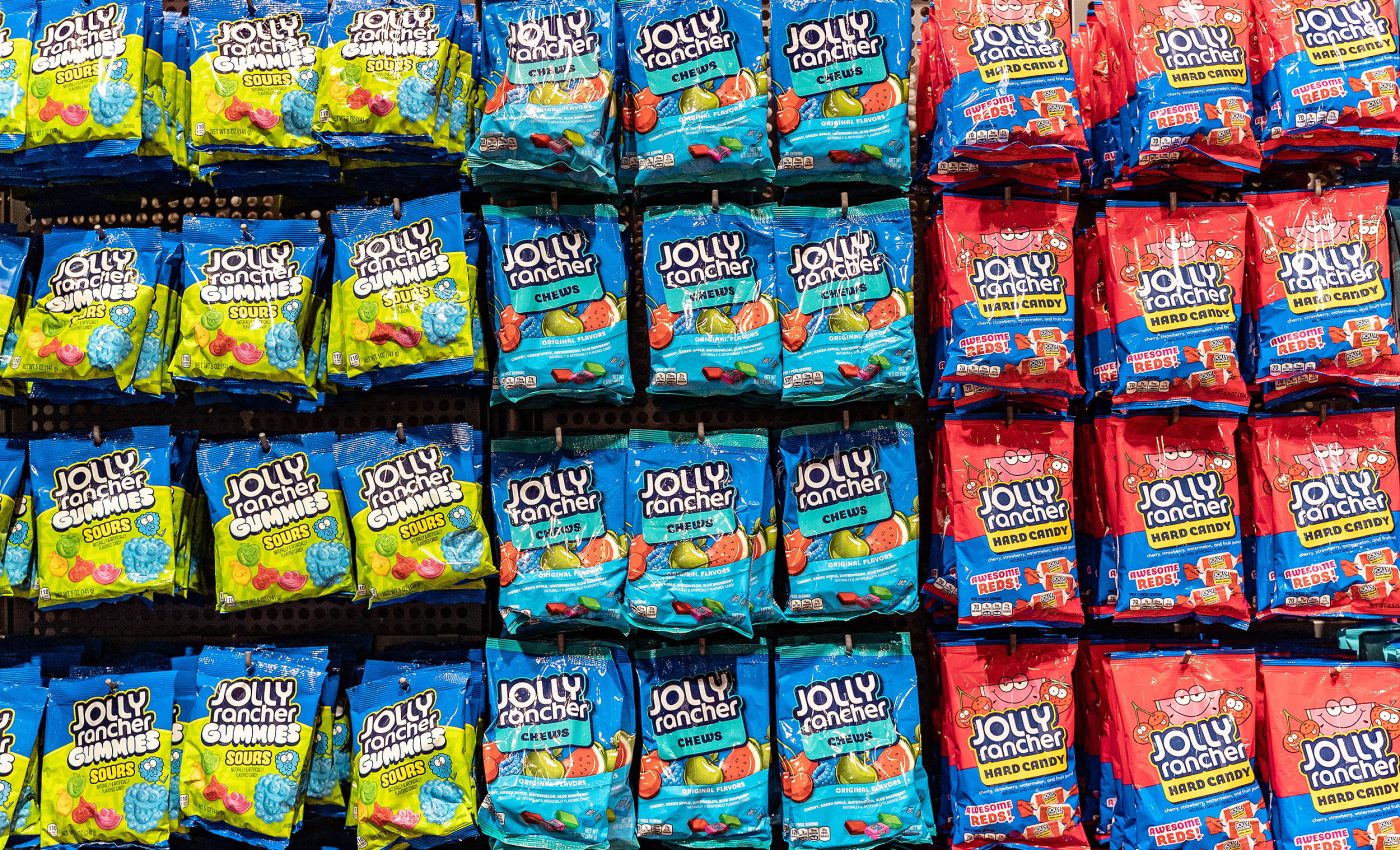
Very popular candy, Jolly Ranchers, were just banned in the UK but not in the US
Without much warning last month, the United Kingdom’s Food Standards Agency ordered an immediate recall of four “Jolly Ranchers” products, made by the Hershey Company in the U.S., because they contained mineral oil aromatic hydrocarbons (MOAH) and mineral oil saturated hydrocarbons (MOSH).
Across the Atlantic, these same Hershey’s hard candies remain on U.S. shelves, highlighting how two regulators can read the same toxicological literature yet reach opposite conclusions.
The split decision has reignited a long‑running debate over the U.S. practice of letting companies self‑certify many food additives as safe while European agencies treat similar chemicals with greater caution.
That debate has moved from think‑tank white papers into a political fight now drawing attention from presidential hopefuls and state lawmakers.
Why mineral oil is used in candy
“Consuming mineral oil regularly and over time could pose a risk to your health,” warned Tina Potter, head of incidents at the Food Standards Agency. Potter leads the incident‑response team that enforces the nation’s additive limits.
Hershey spokesman Todd Scott counters that the oils act only as a processing aid to keep candy from sticking, calling them indispensable for the smooth, glassy finish consumers expect.
“The key takeaway from all of this is mineral oil is allowed and deemed safe for use in food in the US,” Scott said, noting that it never appears on the ingredient list because federal rules exempt aids used in tiny amounts.
The lubricants fall into two broad camps, MOSH molecules with fully saturated carbon chains and MOAH molecules laced with ring‑shaped aromatics that can include three or more fused benzene rings. Manufacturers like the compounds because they stay stable under high heat and do not change a candy’s taste or smell.
MOAH and MOSH
A 2023 review by the European Food Safety Authority linked MOAH molecules with three or more aromatic rings to DNA damage and stated that no exposure level could be considered risk‑free.
The same document reported that young consumers had the highest exposure to MOSH but found less evidence of human harm, a nuance often lost in headlines.
Laboratory studies in rats show MOSH accumulating in the liver and lymph nodes, sometimes forming granulomas that hint at chronic inflammation.
Because humans absorb and clear hydrocarbons differently than this strain of rat, regulators disagree on how seriously to weigh those findings.
European law therefore takes a precautionary stance, banning deliberate use of the oils in confectionery, whereas the U.S. Food and Drug Administration (FDA) accepts tiny residues that migrate from processing equipment. This regulatory asymmetry sets the stage for the broader fight over the GRAS loophole.
Mineral oil avoids full safety checks
Under the 1958 Food Additives Amendment, companies can declare a substance “generally recognized as safe” without asking the FDA to review their data, provided a panel of experts, internal or external, endorses the conclusion.
Between 2015 and 2020, one analysis of 403 filings found that nearly 30 percent relied on the opinion of an employee of the manufacturer itself.
“A company can add a new ingredient and not even list its chemical compound on the packet,” says public‑health lawyer Jennifer Pomeranz.
She points out that the law never required such notices to reach the agency at all. Advocates fear that self‑policing fosters blind spots when cumulative exposures involve dozens of lightly studied chemicals.
“If a company can’t sell something in California or New York, they may as well reformulate their product for the whole country,” argues regulatory counsel Jensen Jose at the nonprofit Center for Science in the Public Interest.
The train of thought is that state legislation can move faster than Washington and that strategy is now reshaping ingredient lists nationwide.
How states fight mineral oil in food
California’s 2023 AB 418 banned FD&C Red 3, brominated vegetable oil, potassium bromate, and propylparaben in foods sold after 2027, making it the first U.S. state to bar these additives.
Within months, the FDA proposed its own nationwide phase‑out of brominated vegetable oil and accepted a citizens’ petition to reconsider Red 3, illustrating the ripple effect of state action.
Similar bills are pending in New York, Illinois, and Washington, and campaigners have signaled that MOAH will be on their next target list.
Robert F. Kennedy Jr. has already promised to close the GRAS loophole if elected, giving the issue fresh political visibility.
Avoid risky additives while shopping
Dietitian Lindsay Malone recommends focusing on whole foods and limiting ultra‑processed snacks that stack multiple controversial additives, including butylated hydroxyanisole, or BHA, which experimental studies link to hormone disruption.
She suggests choosing plain nuts over flavored mixes and fruit over brightly colored gummies to shrink exposure without feeling punitive.
Consumers who still want an occasional hard candy can look for European‑made brands that meet MOAH‑free standards or check confectioners’ websites for updated formulations.
In the meantime, U.S. shoppers may see fresh warning labels as lawsuits and state bills push companies to reformulate.
For researchers, the Jolly Rancher episode underscores the need for publicly funded studies that track low‑dose, long‑term exposure across diverse populations.
Until such data arrive, regulators will keep balancing uncertain risks against the sweet pull of consumer demand.
The study is published in EFSA Journal.
—–
Like what you read? Subscribe to our newsletter for engaging articles, exclusive content, and the latest updates.
Check us out on EarthSnap, a free app brought to you by Eric Ralls and Earth.com.
—–













